You can plot the same object in an embedded renderer and control its behaviour via a simple callback function:
from vedo import *
settings.immediateRendering = False # can be faster for multi-renderers
# (0,0) is the bottom-left corner of the window, (1,1) the top-right
# the order in the list defines the priority when overlapping
custom_shape = [
dict(bottomleft=(0.00,0.00), topright=(1.00,1.00), bg='wheat', bg2='w' ),# ren0
dict(bottomleft=(0.01,0.01), topright=(0.15,0.30), bg='blue3', bg2='lb'),# ren1
]
plt = Plotter(shape=custom_shape, size=(1600,800), sharecam=False)
s = ParametricShape(0) # whatever object to be shown
plt.show(s, 'Renderer0', at=0)
plt.show(s, 'Renderer1', at=1)
def update(event):
cam = plt.renderers[1].GetActiveCamera() # vtkCamera of renderer1
cam.Azimuth(1) # add one degree in azimuth
plt.addCallback("Interaction", update)
interactive()

Check out a related example here.
Check out the vtkCamera object methods here.

